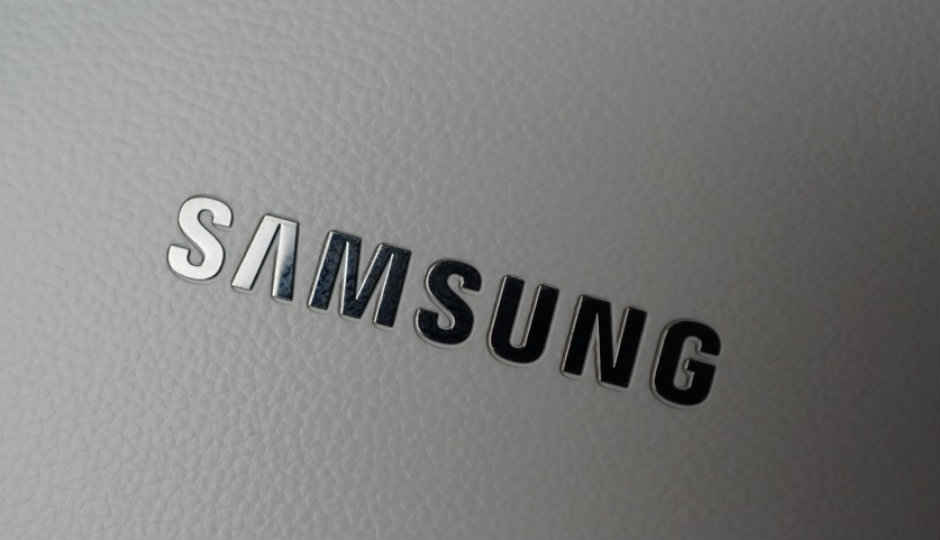 Initially it was speculated that the Galaxy Note 9 would be the first Samsung device to sport an in-display fingerprint sensor, but it wasn’t. The focus quickly shifted to the Galaxy S10 when DJ Koh, Samsung's President and CEO of IT & Mobile Communications Division, in an event in China said that the company would introduce an ultrasonic sensor in its Galaxy S10 devices to offer a better user experience. In a new patent published by the US Patent and Trademark Office (USPTO), Samsung explains how its technology will work in its upcoming devices. Interestingly, the USPTO published a patent on August 9 -- the same day Samsung hosted its Galaxy Note 9 ‘Unpacked’ event. Samsung’s patent shows that its technology is far more sophisticated than the ones that are already available. According to the patent, the company will use four extra sensors in addition to the ultrasonic in-display fingerprint sensor. Samsung will use a dedicated ultrasonic transmission/reception module that will activate a particular area in the display to scan the fingerprint. The module will contain a separate processor that will be able to record different scan frequencies and may speed up the scan time. The South Korean giant will incorporate four other in-display sensors to detect the user's grip and activate the scanning area accordingly. In comparison, we have in-display sensors that are limited to a particular spot of the display. Previously, well-known leakster Ice Universe had posted an image of a completely bezel-less smartphone on Twitter claiming that the smartphone in the image was the Galaxy S10. The device in question had the button alignment similar to ones we have already seen on the Galaxy S8 series, Galaxy Note 8 and the Galaxy S9 smartphones. If the phone in the image is actually the Galaxy S10, then having the hardware discussed above makes sense. But we still have to wait for further reports.
Initially it was speculated that the Galaxy Note 9 would be the first Samsung device to sport an in-display fingerprint sensor, but it wasn’t. The focus quickly shifted to the Galaxy S10 when DJ Koh, Samsung's President and CEO of IT & Mobile Communications Division, in an event in China said that the company would introduce an ultrasonic sensor in its Galaxy S10 devices to offer a better user experience. In a new patent published by the US Patent and Trademark Office (USPTO), Samsung explains how its technology will work in its upcoming devices. Interestingly, the USPTO published a patent on August 9 -- the same day Samsung hosted its Galaxy Note 9 ‘Unpacked’ event. Samsung’s patent shows that its technology is far more sophisticated than the ones that are already available. According to the patent, the company will use four extra sensors in addition to the ultrasonic in-display fingerprint sensor. Samsung will use a dedicated ultrasonic transmission/reception module that will activate a particular area in the display to scan the fingerprint. The module will contain a separate processor that will be able to record different scan frequencies and may speed up the scan time. The South Korean giant will incorporate four other in-display sensors to detect the user's grip and activate the scanning area accordingly. In comparison, we have in-display sensors that are limited to a particular spot of the display. Previously, well-known leakster Ice Universe had posted an image of a completely bezel-less smartphone on Twitter claiming that the smartphone in the image was the Galaxy S10. The device in question had the button alignment similar to ones we have already seen on the Galaxy S8 series, Galaxy Note 8 and the Galaxy S9 smartphones. If the phone in the image is actually the Galaxy S10, then having the hardware discussed above makes sense. But we still have to wait for further reports.from Latest Technology News https://ift.tt/2MNX8ni









